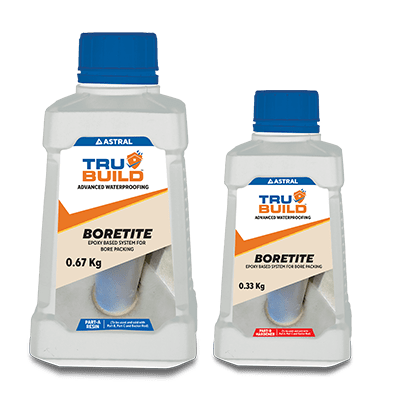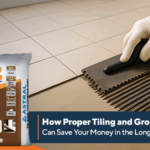Bathroom Waterproofing: Myths vs. Facts You Need to Know
Sep 22, 2025
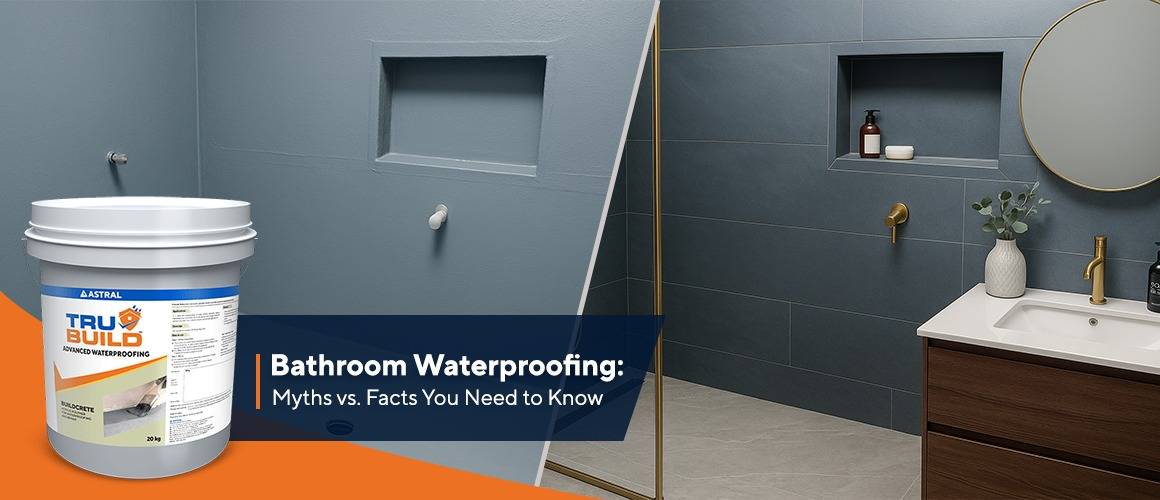
That damp smell in your bathroom. Water stains creeping down your walls. Loose tiles that seem to multiply by the week. Sound familiar? These are not just normal bathroom problems. On the other hand, here is the fact: proper bathroom waterproofing can stop every single one of those problems from happening. Unfortunately, there are numerous misconceptions about this necessary home-care chore hovering all around, making the truth a perplexing maze for homeowners.
Some of these false ideas are that bathroom waterproofing will cost so much that it will never be worth it, or that bathroom grout will be sufficient protection. Just by believing these, you would be setting yourself for having to pay a large sum of money for water-related repairs down the line. This handbook helps to know what is real and what is just fiction in bathroom water protection.
Top Myths and Facts on Bathroom Waterproofing
Learn below the top myths and facts on bathroom waterproofing
Myth 1: Bathroom Grout Is Enough Protection
Fact: Grout in the bathroom is a semi-water-resistant but still a bit porous material. It by itself allows for water penetration in a very short period of time, thus grout alone would not be a total solution to bathroom waterproofing. In case the bathroom tile has gotten wet, water can still find its way into the lines of the grout and slowly damage the wood or concrete surface behind the walls without you even knowing it. Indeed, high-quality bathroom grout is one of the waterproofing parts of the system you need to have, not the only one.
Myth 2: Painting Will Be Enough for Bathroom Waterproofing
Fact: Normal bathroom paint only slightly resists the moisture. Even if it is labeled “bathroom paint”, it is meant for keeping the surface dry and not for stopping the water from getting through the walls or floors. Only membranes and waterproofing sealants can truly block the water flow into the bathroom.
Myth 3: Hardly Anyone Can Afford Bathroom Waterproofing Because of Its Cost.
Fact: The truth is that it is not the cost that holds people back from waterproofing their bathrooms, but the perception that the professional bathroom waterproofing cost is so high that it deters them from doing it. On the other hand, the price of professional bathroom waterproofing will be only a small percent of the amount of the water-damage repairs that you will have to make in the future, including the remediation of mold and the reconstruction of the structure, etc. Deeply trusting the bathroom sealing you do in the first place is going to save you a lot of money over time.
Myth 4: Only Wet Areas Need Waterproofing
Fact: Water is an unstoppable force. Consequently, it is not only the steam or the humidity from the shower that contaminates the bathroom, but also the other vapor sources in the bathroom. The whole bathroom including the walls, the floors, and the junctions between different materials are where the bathroom waterproofing should be extended.
Bathroom Waterproofing – Why Should We Care?
Water damage in bathrooms is among the most costly yet widely occurring problems. If you fail in the task of bathroom waterproofing, then the following are just some of the risks you are exposed to:
1. Structural Damage
Water permeation gradually weakens the materials used in the construction of the house, thus making the wood portion subjected to rot and the concrete part to lose its strength. Most of the time, this kind of damage is at the stage where it is hard to be detected unless it becomes really bad.
2. Health Hazards
Water that stays for a long time is the main reason for the growth of molds and mildews. These organisms are the main cause of respiratory problems, allergic reactions, and other sorts of illness that your family might suffer from.
3. Property Value Loss
The devaluation of a home due to water damage is significant. Properties with moisture issues are the last on the buyers’ list because the new owners will have to cover the repair costs.
4. Over Maintenance Costs
The lack of bathroom sealing that leads to the recurrence of various sorts of repairs results in the substitution of the tiles, repainting of walls, and fixing of the fixtures becoming a routine process in your home.
The core of the matter is to realise that bathroom waterproofing does not only signify the avoidance of visible leaks that come as shocking discoveries. It is to install a check system that monitors moisture in your house which keeps your property and the health of your family safe against water.
How to Waterproof Your Bathroom Properly?
Here’s a step-by-step guide to properly waterproofing your bathroom
1. Choose the Right Materials
The most effective bathroom waterproofing is achieved by using specialised products that are designed for areas with high moisture. Trubuild Buildcrete is the perfect example of a product that provides full bathroom protection. It is a compound based on acrylic polymer which becomes a matrix when combined with cement, and it exhibits great waterproofing properties. It upgrades the qualities of cement slurry and mortar, making it the right choice for waterproofing of toilets, kitchens, bathrooms, terraces and basements. Trubuild Buildcrete imparts excellent bonding, resistance to UV and superior waterproofing performance to both new construction and renovation projects.
2. Focus on Critical Areas
- Shower Areas: Install waterproof membranes at the back of the tiles so that the floor to ceiling coverage is achieved in the wet zone.
- Floor-to-Wall Transitions: These joints get a lot of movement and, therefore, they need bathroom sealing materials of a flexible nature that can adjust to the structural shifts.
- Plumbing Penetrations: Places where pipes are going through the walls or floors are the areas that need to be taken care of using sealants and waterproof collars suitable for the purpose.
3. Don’t Neglect Bathroom Grout
Bathroom grout on its own is not enough but still, the quality of grout application and upkeep remains crucial. High-moisture areas should have epoxy-based grout, and a penetrating sealer should be applied every year to maintain the water resistance.
4. Think about Getting Help from a Pro
Hard-natured bathroom waterproofing will be more successful with a pro by your side. Contractors who have the training and experience know the building codes, they know how to select materials and they know the application techniques that not only be long-lasting but also efficient as well.
Long-Term Benefits of Waterproofing
Top benefits of waterproofing for long-term results
1. Energy Efficiency Improvements
Bathroom waterproofing done in the right way is a step towards insulation that will be effective and durable as it stops moisture infiltration that can corrode thermal barriers. This results in lowering of both heating and cooling expenses.
2. Enhanced Indoor Air Quality
Good moisture control basically means fewer fungus and moulds, even lower humid levels in your home and the surroundings. This results in healthier living conditions and fewer respiratory irritants around.
3. Increased Property Longevity
High-quality bathroom sealing not only protects the structural elements of the house but also the wear and tear and has the possibility of major maintenance.
4. Peace of Mind
Making sure that your bathroom is properly taken care of is stress-free as it hinders water damage that is hidden and repair costs that come as a surprise. You are able to enjoy your bathroom space without worrying about what is going to happen in the future.
Make the Right Choice for Your Bathroom
Don’t let bathroom waterproofing myths cost you thousands in preventable damage. A bathroom waterproofing project might look like a huge amount at the beginning, but actually, it is a very small amount compared with what you will have to spend on water damage, health issues and structural problems later.
Good bathroom waterproofing is the best thing you can do to keep away health problems, maintain your home’s value and stop having to do the same maintenance over and over again. Whether you are constructing a new home or changing the ones that are already there, be the best part of the process by giving your waterproofing the priority it deserves.
In the end, this decision will be remembered as one of the best investments in the protection of your home and in the well-being of your family.
FAQ
How long does bathroom waterproofing last?
With proper application, bathroom waterproofing can last 8 to 10 years or longer. Good maintenance helps it stay strong for more time.
Can bathroom waterproofing prevent mould?
Yes, waterproofing keeps water from collecting in bathroom corners and walls. This helps stop mould growth and keeps the air fresh.
When is the right time to waterproof a bathroom?
The best time is before laying tiles, during the construction or remodelling phase. If old bathrooms have damp or leaks, it's wise to waterproof as soon as needed.


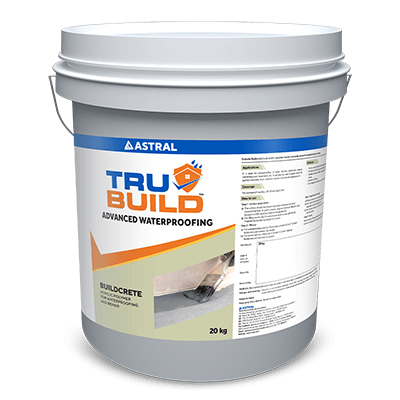
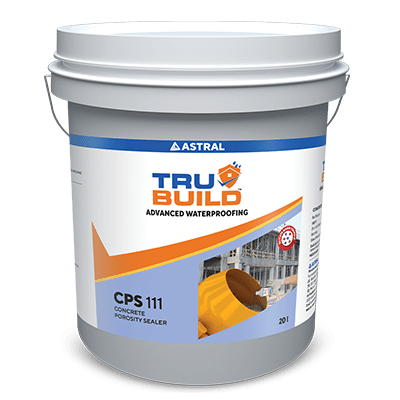
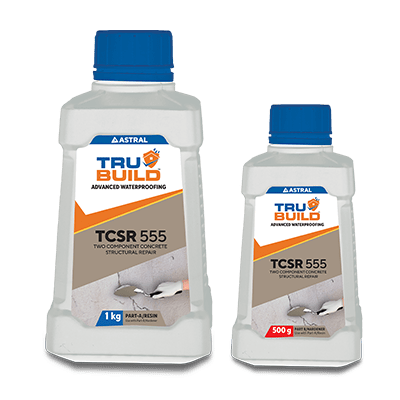
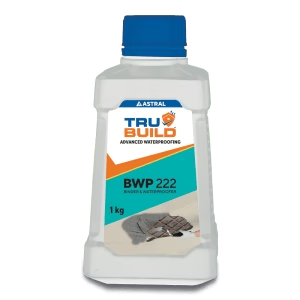
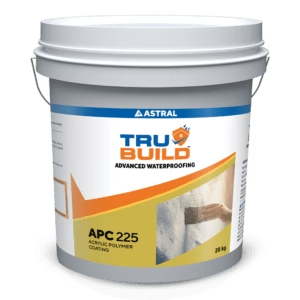
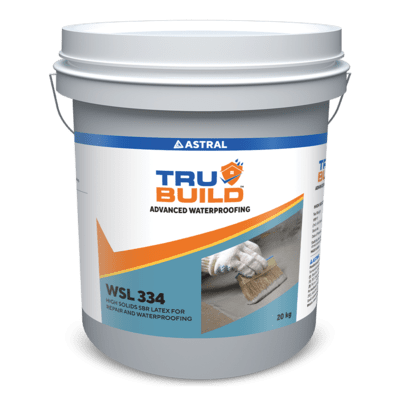
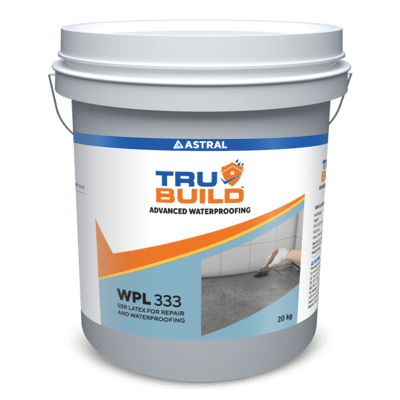
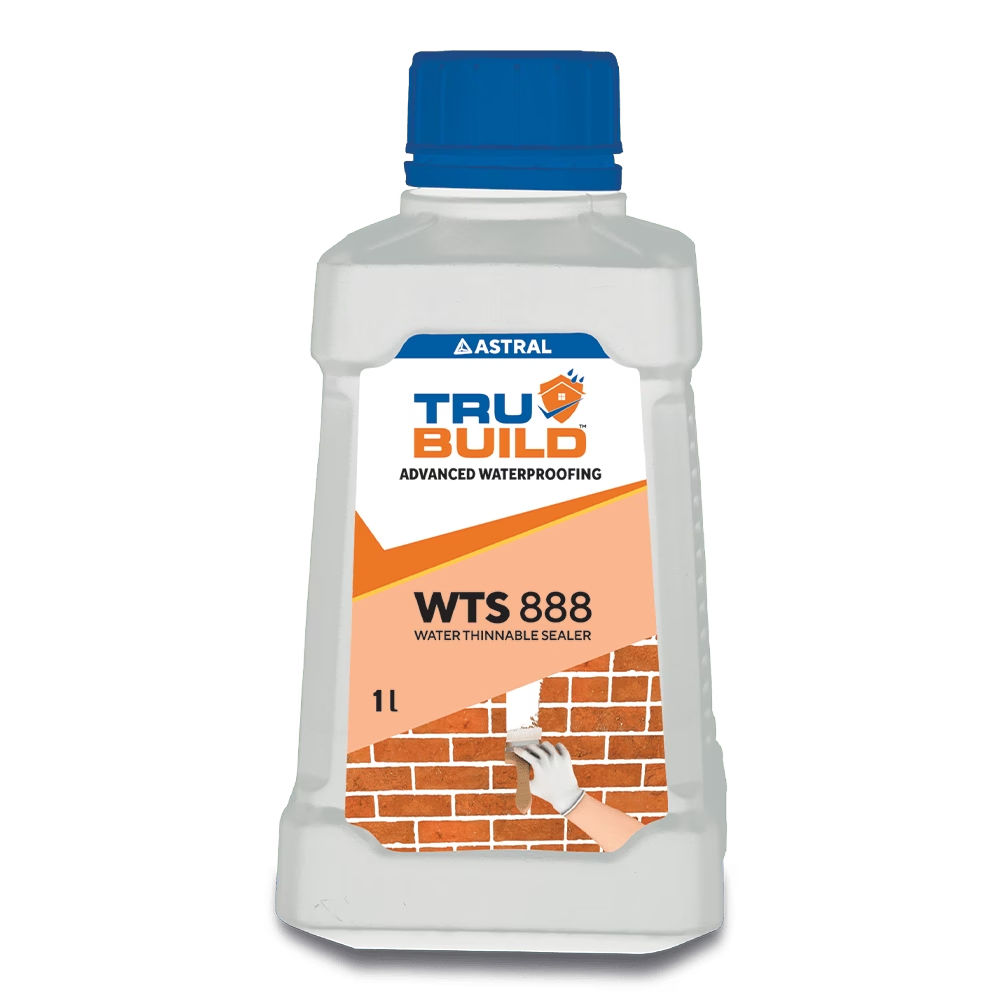
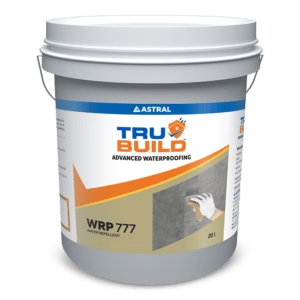
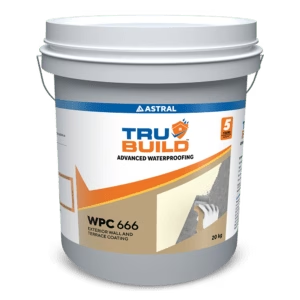
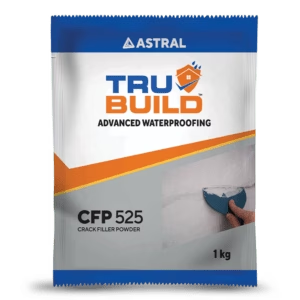
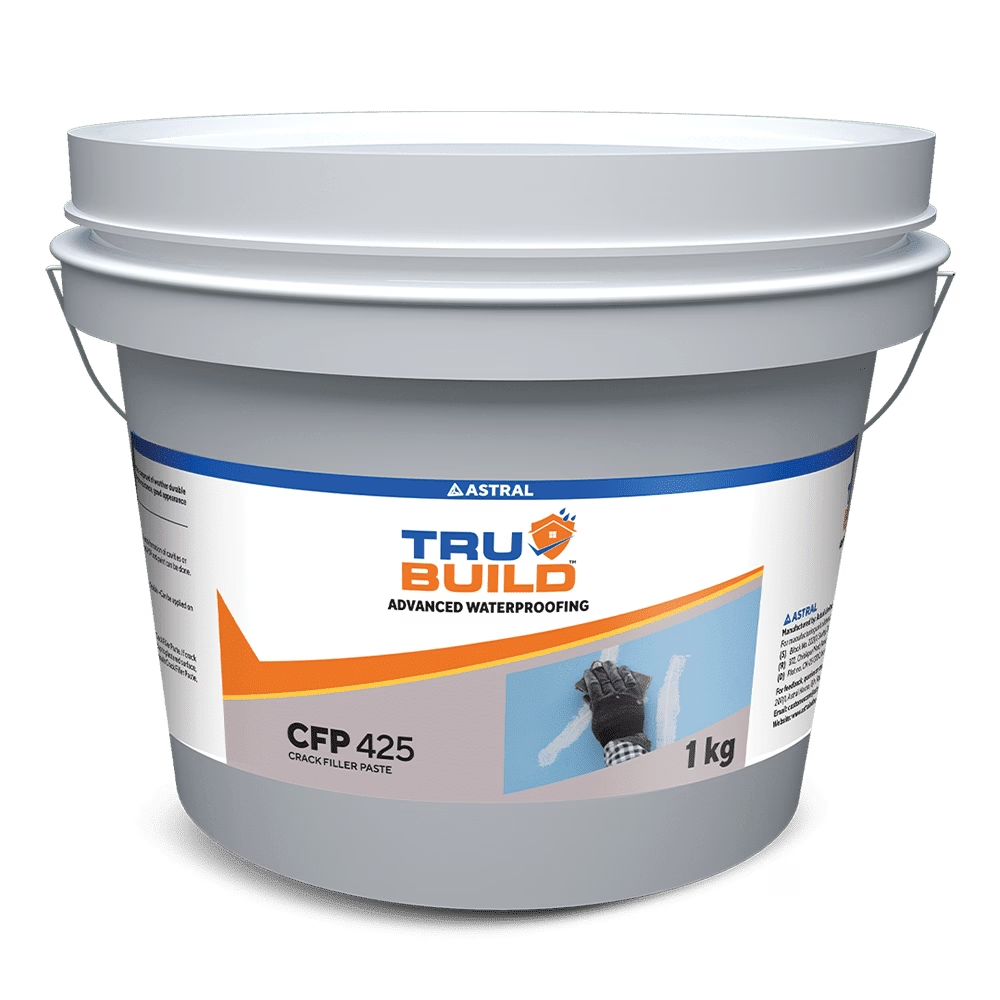
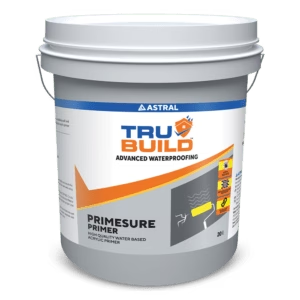
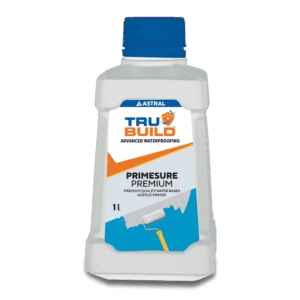
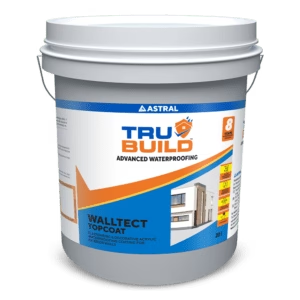
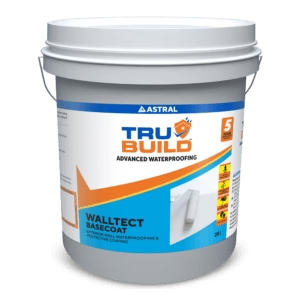
 Professional Sealants
Professional Sealants 
 Roof Waterproofing
Roof Waterproofing 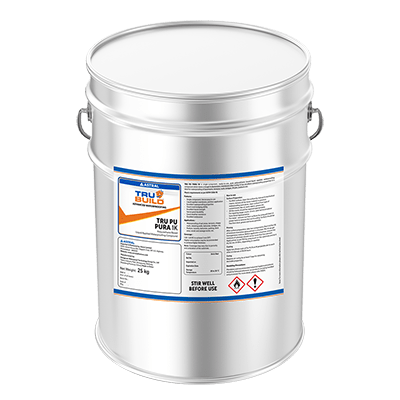
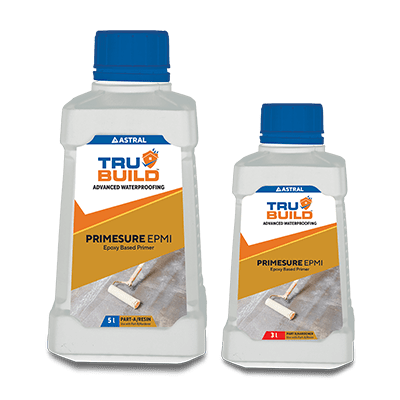
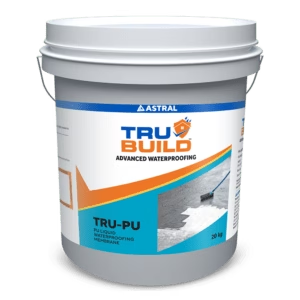


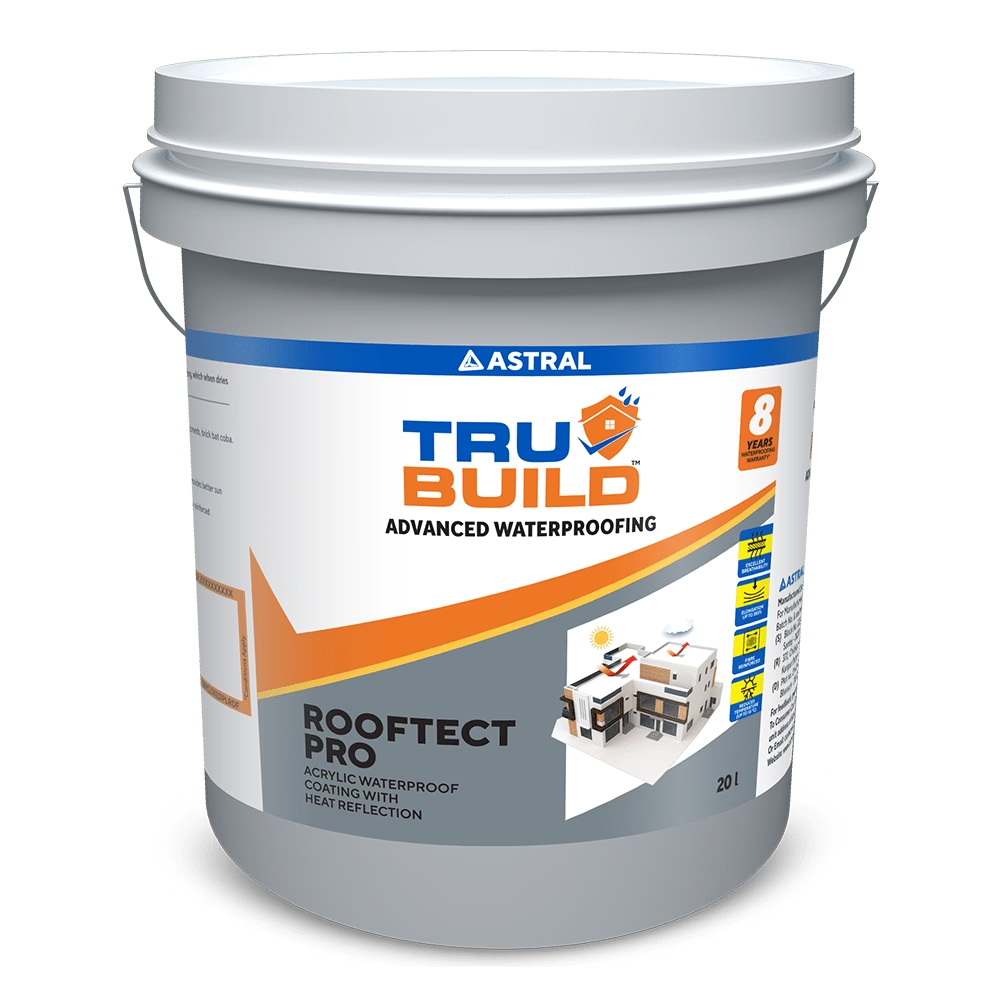
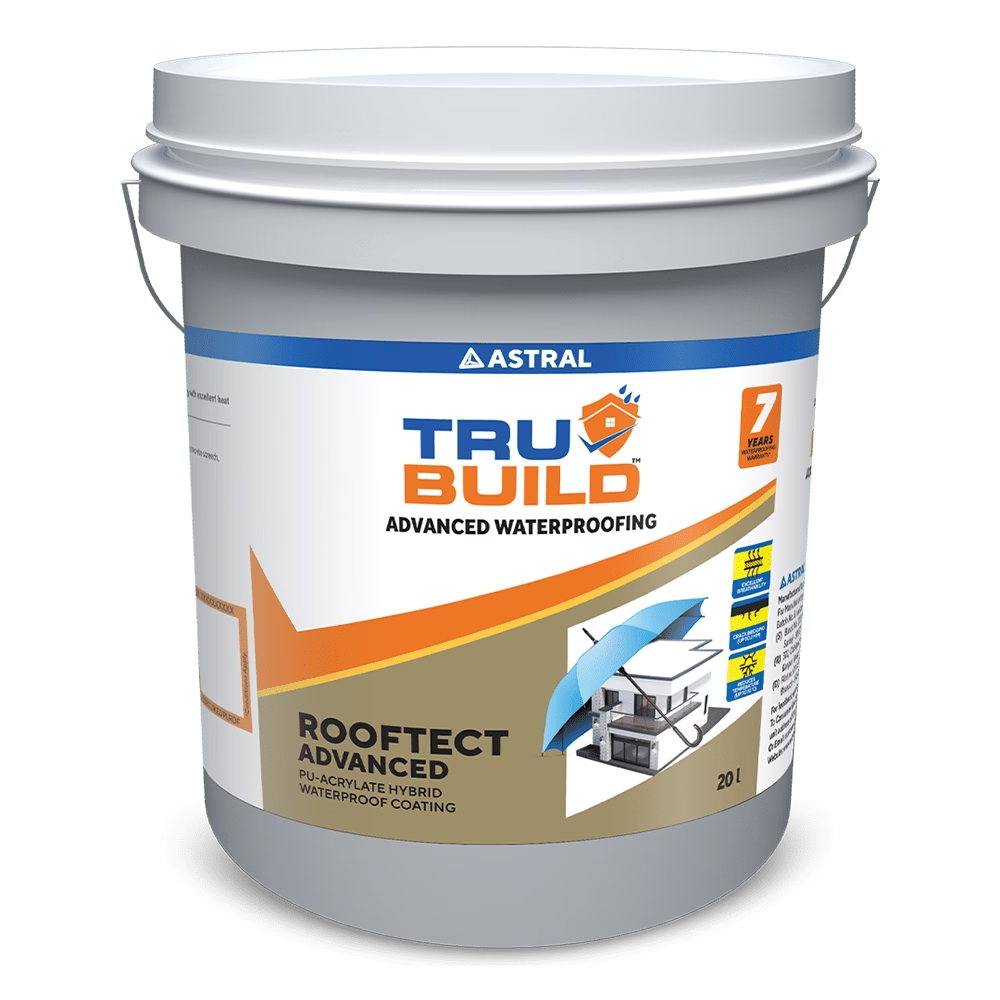
 Substructure Waterproofing
Substructure Waterproofing  Tiling and Grouting
Tiling and Grouting 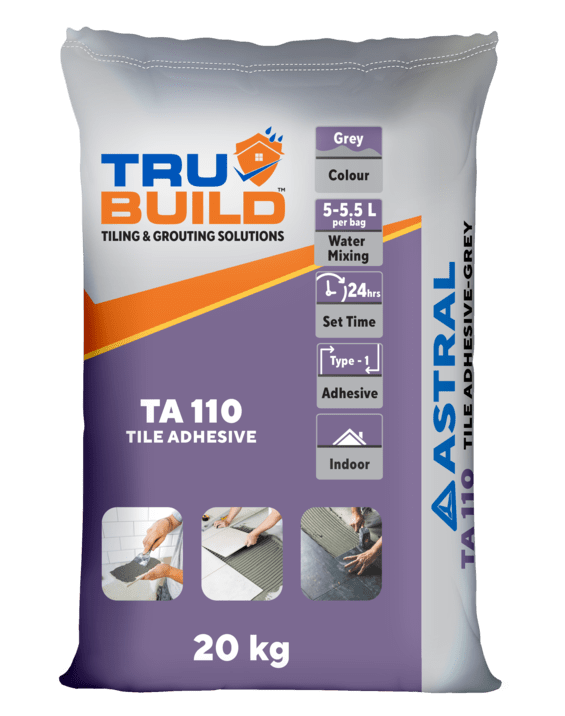
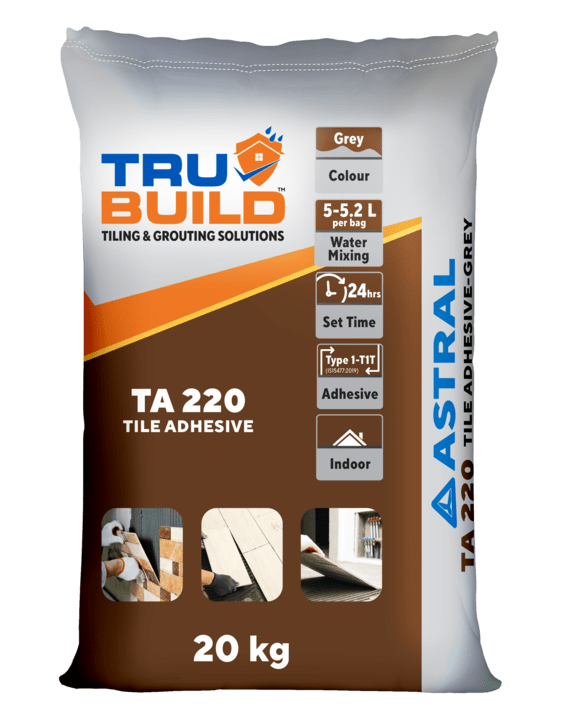

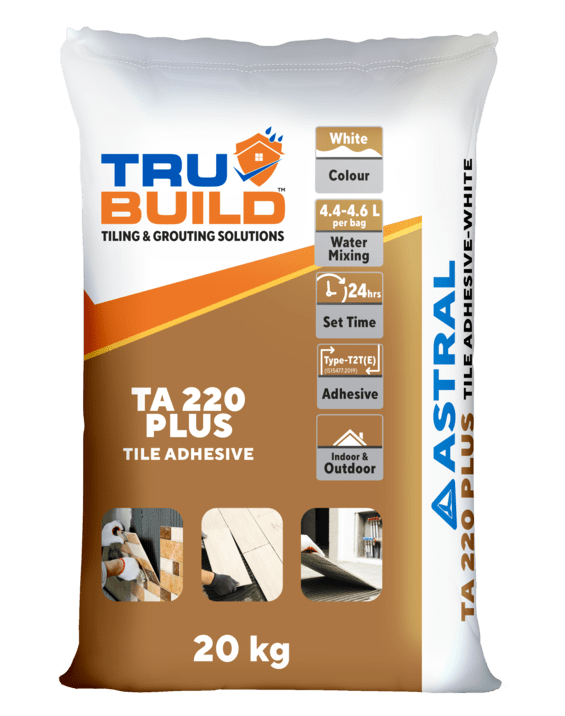
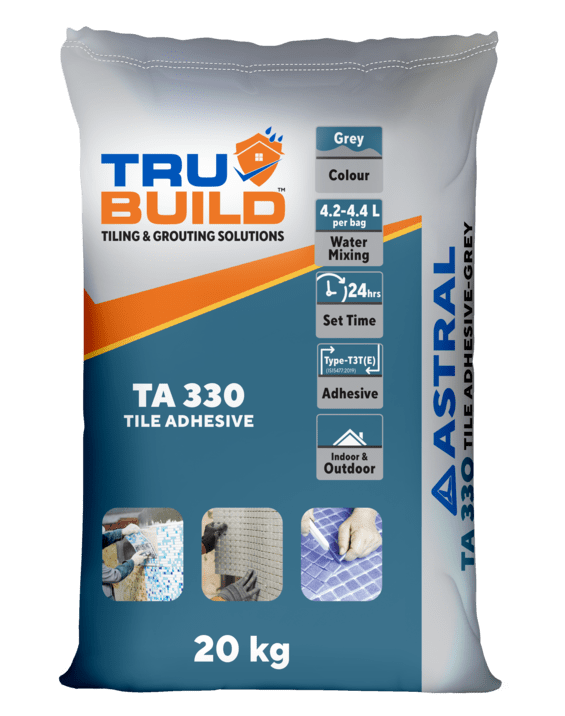
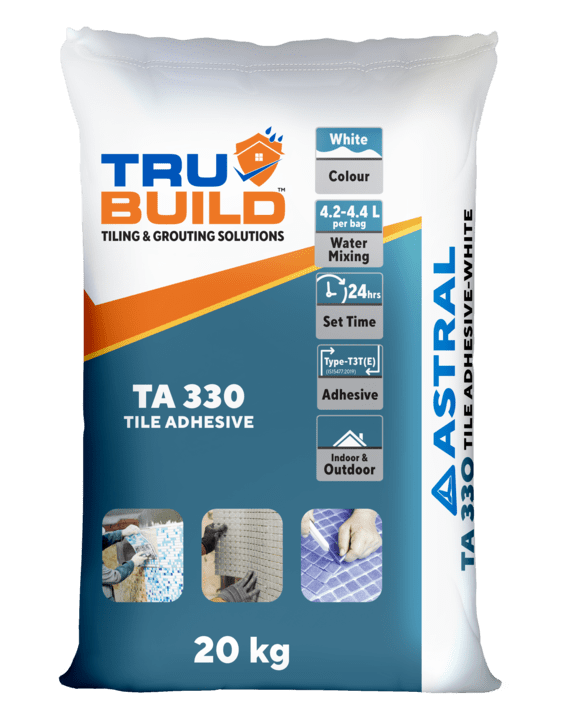
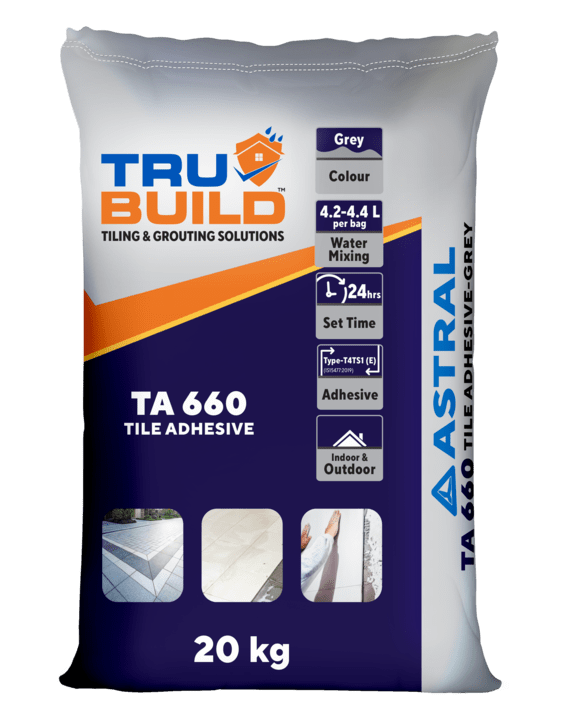
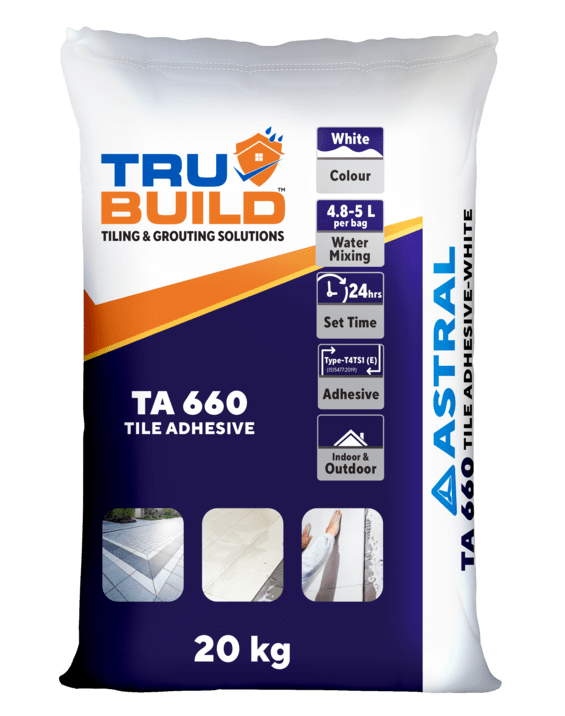
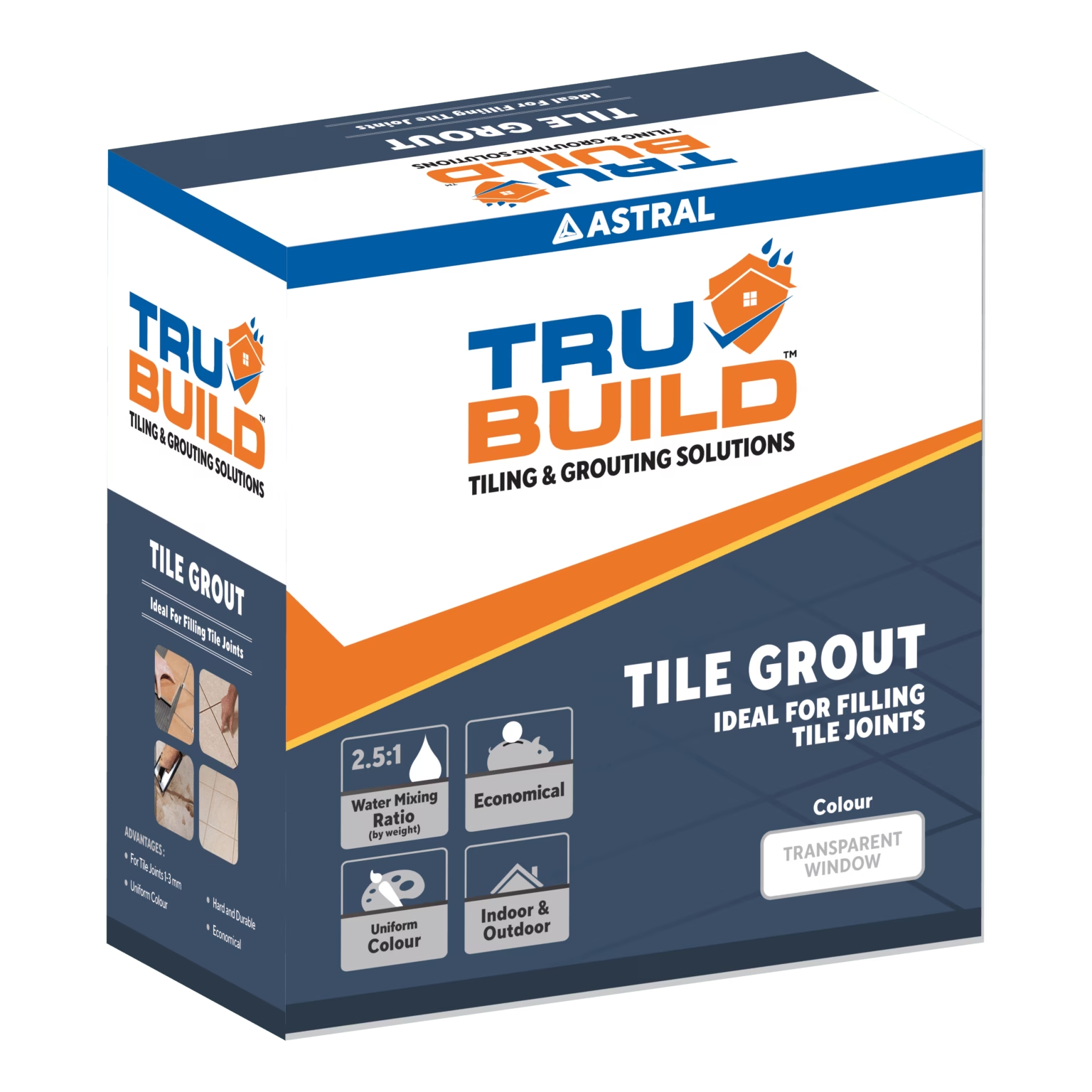
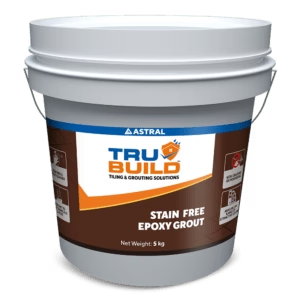
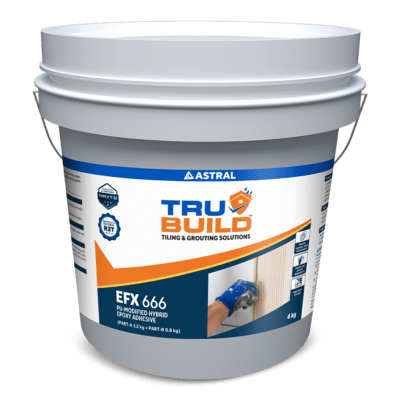
 Water Tanks and Other Areas
Water Tanks and Other Areas 